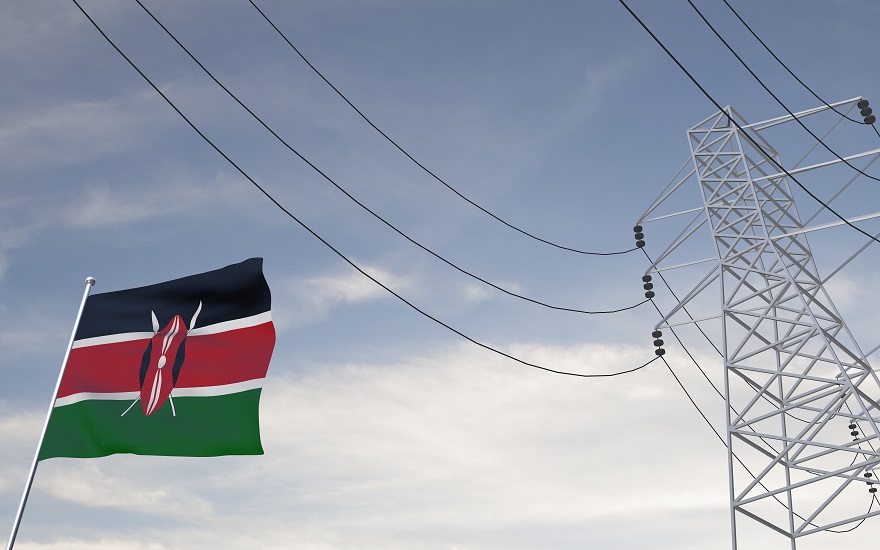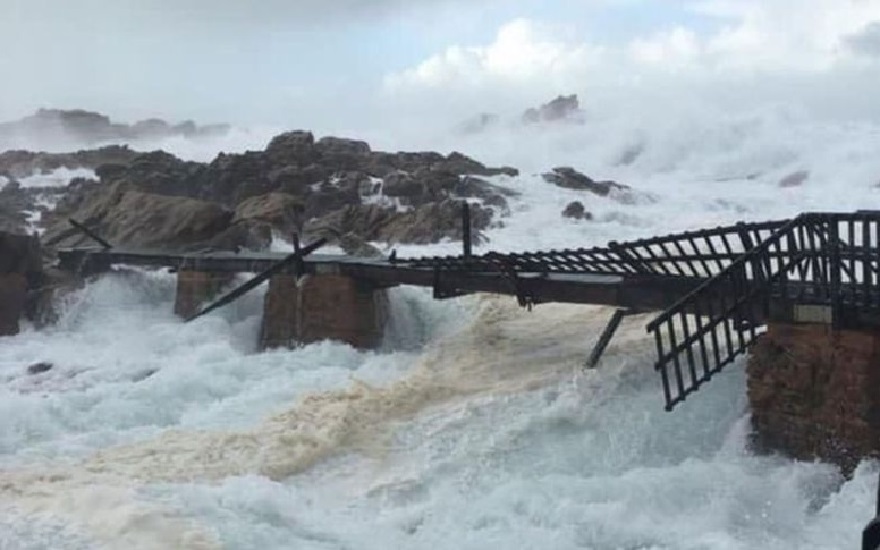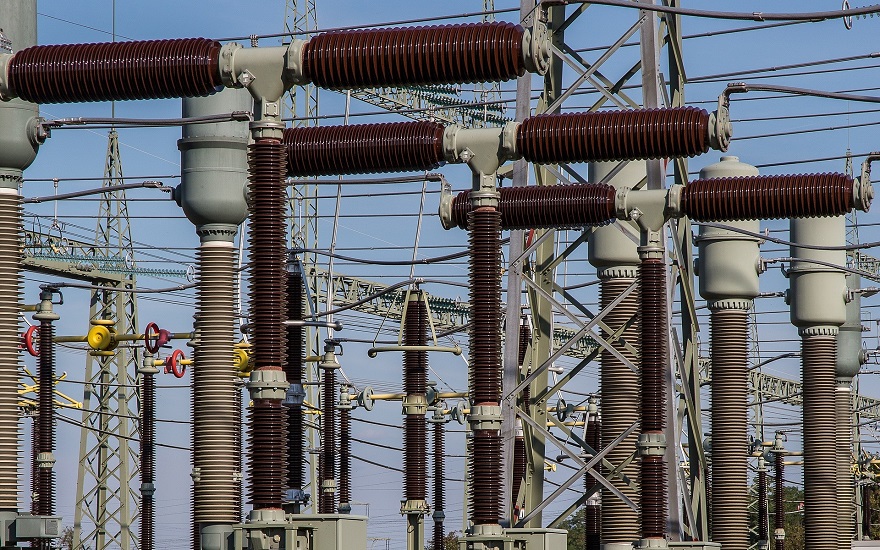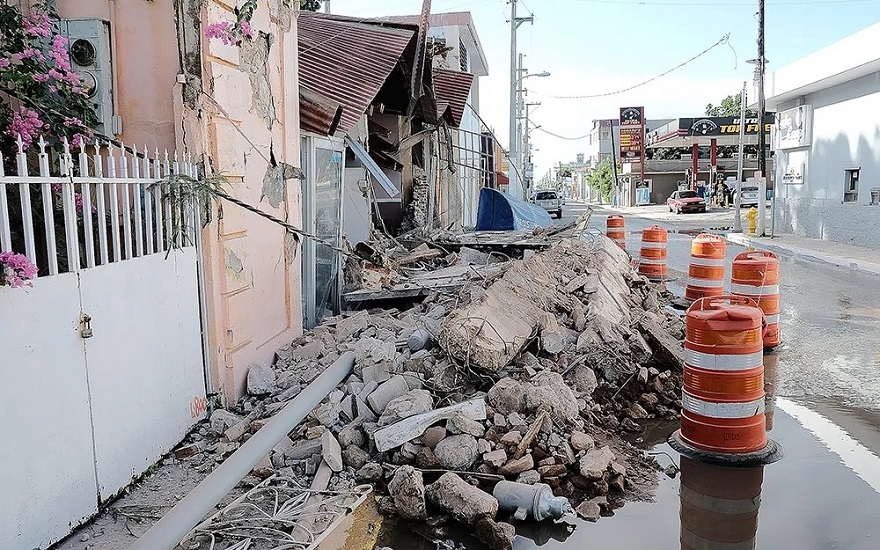Breakdown of electricity lines from neighbouring countries causes blackout affecting almost all of Italy and its 57 million population.
Sunday 28 September 2003 saw the worst power cut in Italy since World War II.
The unprecedented incident occurred in the early hours of the morning (approximately 3:00 am), with only the island of Sardinia left unaffected.
So What Really Happened?
The origins of the incident are a tree flashover that tripped the 400 kV Mettlen-Lavorgo high voltage transmission line (better known as the Lukmanier line) carrying electricity from Switzerland to Italy.
Nearby power lines took on the load from Lukmanier, but the nearby Sils-Soazza (AKA the San Bernadino line) was also overloaded.
Attempts to reduce imported power into Italy weren’t enough to relieve the overload, so the Sils-Soazza line tripped too. According to the official investigation from Italy’s electricity supplier GRTN, sags on the line caused by overheating conductors caused this.
The report reads: “Having lost two important lines, the overloads created on the remaining lines in the area became intolerable. By an almost simultaneous and automatic trip of the remaining interconnectors towards Italy, the Italian system was isolated from the European network about 12 seconds after the loss of the line Sils-Soazza.”
Falling Grid Frequency
This caused grid frequency to fall to 49 Hz, which as a result triggered automatic load shedding. The loss of load wasn’t enough to stem the drop, with frequency decreasing further to 47.5 Hz. In part, this was due to 7.5 GW of distributed power plants tripping out during the period of under-voltage load shedding.
Roughly two and a half minutes after the loss of Sils-Soazza, the entire electricity network in Italy collapsed. The Geneva Canton area of Switzerland was also left without power for three hours.
But other neighbouring countries connected to the power grid in Italy, such as Austria, Slovenia and Croatia, weren’t affected.
In the aftermath of the event, investigations showed that one of the reasons why the transmission lines may have tripped was a lack of tree cutting and other land management.
Branches and other foliage were left far too close to the power lines. When they sagged under heavy loads, the consequences were catastrophic.
Impact Of The Power Cut
Around 110 trains across the country were cancelled, leaving 30,000 passengers stranded.
In Rome, thousands of revellers who’d been celebrating the city’s Nuit Blanche (White Night) festival were marooned at subway stations without any means to get home.
While even the Vatican and St Peter’s Basilica was briefly left in the dark. Pope John Paul II needed a backup generator to work the sound system he was using to announce several new cardinals from his window overlooking St Peter’s Square.
Power was back in much of the north of the country by mid-morning and in the capital Rome by lunchtime. However, large areas of southern Italy were still without electricity as night drew in. It took 18 hours to completely restore power supplies.
Rolling blackouts covering roughly 5% of the population took place over the following two days (29-30 September) as a safeguard during the full grid restoration.
Looking At The Wider Context
The Italy power cut came just a few weeks after a major blackout hit northeastern USA and Canada. Other outages around this time hit London underground and also Denmark and southern Sweden.
Parts of Italy also experienced power cuts in June when the heavy use of air conditioning units put the system under too much strain to cope.
This led to the grid operator warning that imported electricity, which at the time totalled 17% of supplies compared to a European average of 2%, wouldn’t be able to make up for insufficient production.
In the aftermath of the blackout, the then President of Italy Carlo Azeglio Ciampi cautioned “we must not slow down the construction of new power plants”.





One thought on “Biggest Blackouts In History: Italy 2003”